Dirty HVAC Filter Causing Mold Damage
Have you changed your HVAC filter recently?
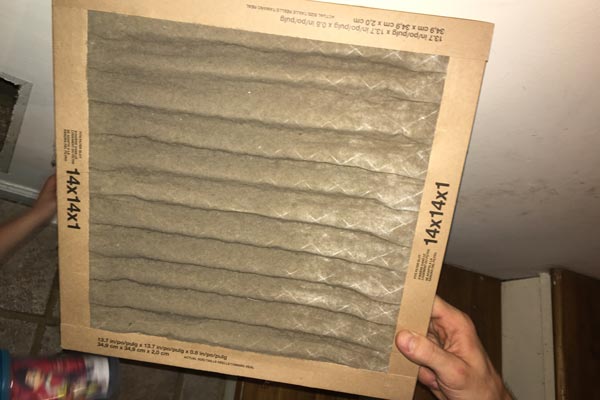
If not, you could be facing a problem similar to this…
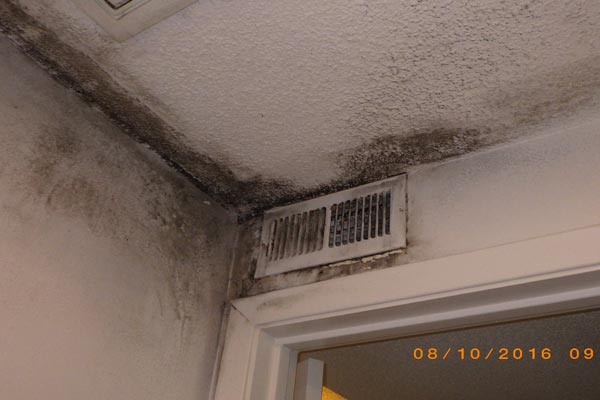
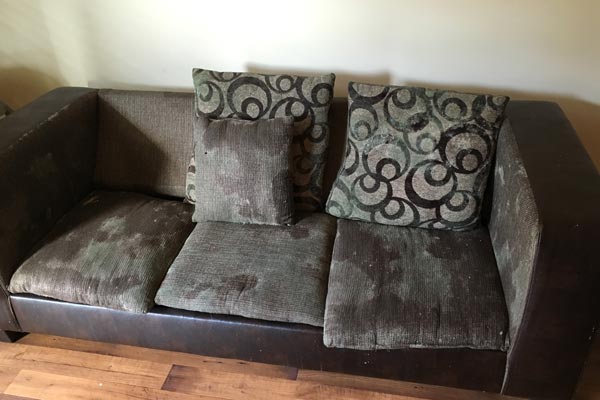
Recently, at First Restoration Services, we have seen an increased number of calls for mold being present in a home or apartment and they all have one thing in common; extra humidity because of a dirty filter or open makeup air dampers in the HVAC. Home air filters typically range from $20-50 and should be replaced whenever they are dirty, but a general rule of thumb is once every quarter. A dirty HVAC filter can prevent your unit from working properly. A/C units are designed to work with a certain amount of internal airflow and if that isn’t being met the A/C may not be removing the correct amount of moisture out of the air. This can result in mold growing on surfaces of your home. Additionally, the A/C units may malfunction and ultimately fail. It can also raise your energy bill as your system struggles to take in the air.
On our recent projects, the property owners thought they had a water problem, such as a leaky pipe or roof, causing mold to show up in various areas of their home such as their ceilings, cabinets, furniture, etc. However, after using a thermal camera (reads temperature of materials to help determine if something is wet) and a moisture meter (water moisture detection device) we quickly found that there was, in fact, no wet or damaged building material. What was happening was mold was growing on the surface of everything because of the spike in humidity. Mold will start to grow on surfaces where the air is at or above 60% relative humidity. The ideal relative humidity for health and comfort is about 30-50%. We are finding the relative humidity in these homes to be 70% or higher.
So what to do?
First things first, check your filter and replace if needed. Secondly, if you see visible mold, call FRS. First Restoration Services can come out and inspect your home to determine the plan of action. In some instances, it may be necessary to get the affected space tested and receive a site-specific cleaning protocol written by an Industrial Hygienist.
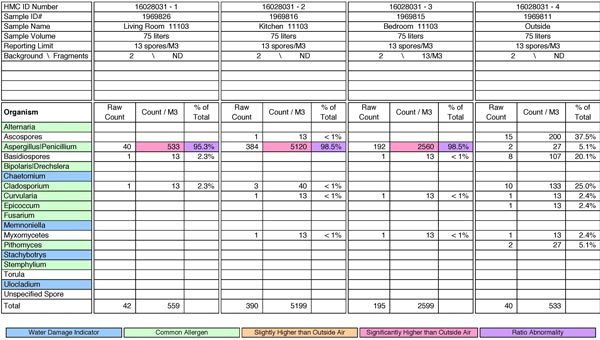
The protocol for remediating mold typically requires removal of mold affected building material, HEPA vacuuming, hand wiping all affected areas with an anti-microbial solution, contents and softgoods (clothing, etc) to be cleaned off-site.
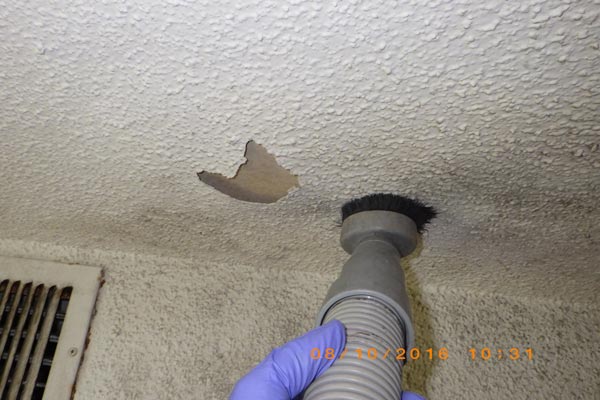
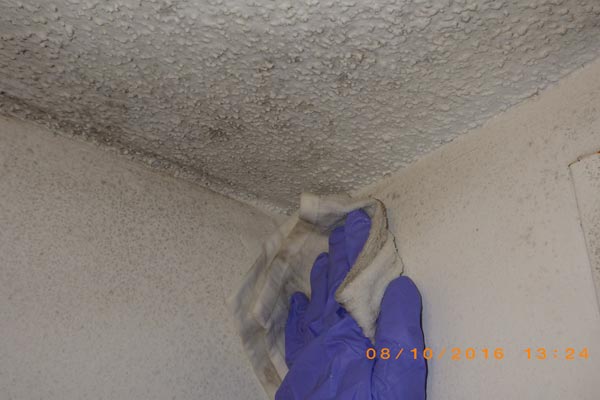
First Restoration Services has completed numerous types of these jobs over the past several weeks, all with a similar issue; a dirty HVAC filter that had not been changed in a long time and high relative humidity.
Who is at Risk?
- Residents/Tenants
- Elderly/Small Children
- Property/Structure
- Selling a Property
 Emergency
Emergency Residential Restoration
Residential Restoration Commercial
Commercial Water Removal
Water Removal Water Damage
Water Damage Water Damage Repairs
Water Damage Repairs Flood
Flood Sewage Cleanup
Sewage Cleanup Fire Board
Fire Board Fire Damage
Fire Damage Commercial Water Damage
Commercial Water Damage Commercial Fire Damage
Commercial Fire Damage Mold Inspection
Mold Inspection Mold Removal
Mold Removal Wind
Wind TOMI
TOMI Case
Case Helpful
Helpful ERP Client
ERP Client Construction
Construction Kitchen
Kitchen Bathroom
Bathroom Home
Home Office
Office Book Remodel
Book Remodel About
About Contact Us
Contact Us Our Story
Our Story Events
Events Media
Media FAQ
FAQ Apply Now
Apply Now Careers
Careers Plumber Referral
Plumber Referral All Posts
All Posts Cleaning
Cleaning Commercial
Commercial Schools & Colleges
Schools & Colleges Churches
Churches Healthcare Facilities
Healthcare Facilities Senior Living Homes
Senior Living Homes Government Municipalities
Government Municipalities Hospitality
Hospitality Industrial
Industrial Multi-Family Housing
Multi-Family Housing Emergency Services
Emergency Services
